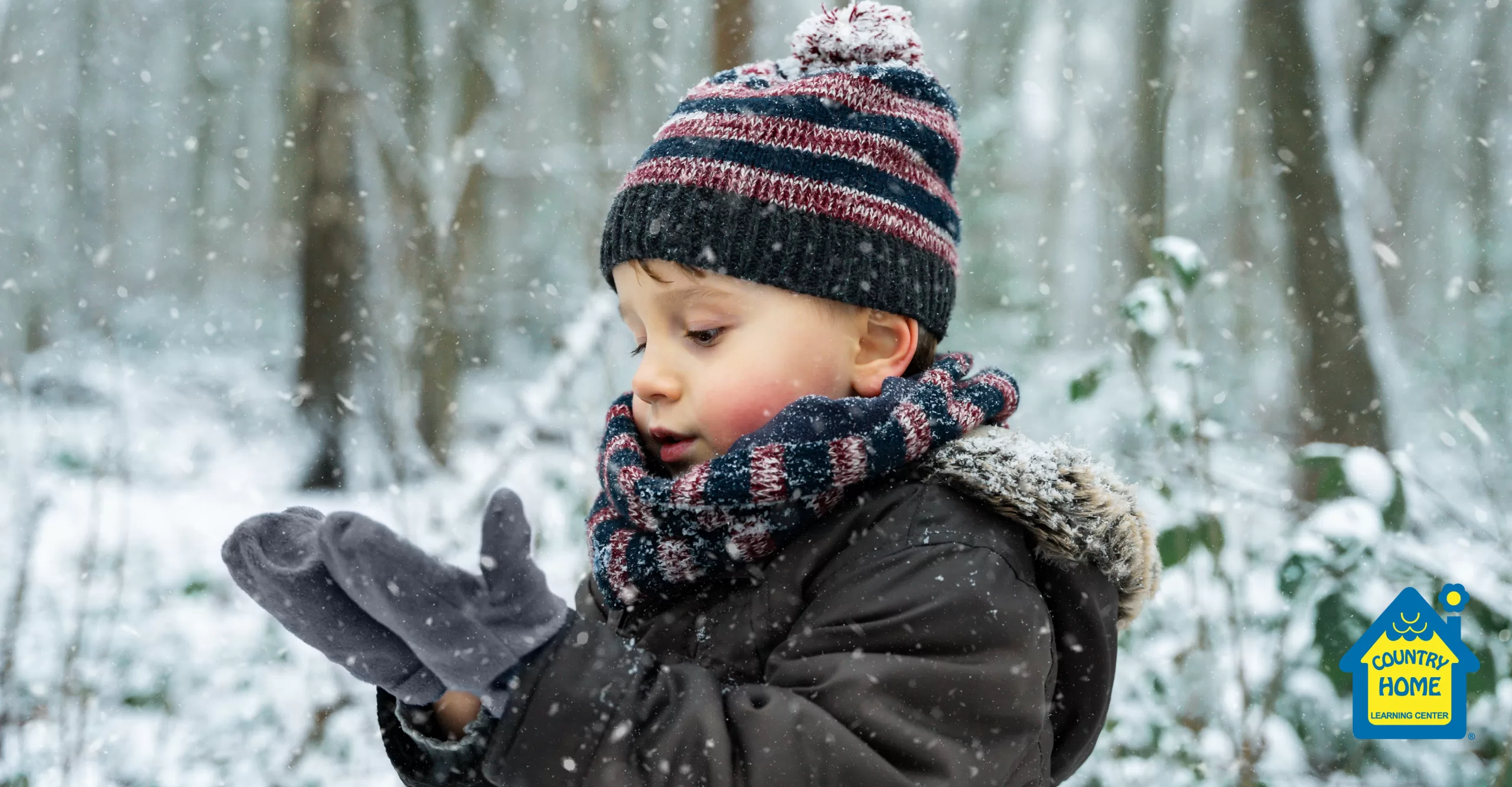
Who doesn’t love snow, especially kids? Not only can you make a snowman, you can throw snowballs, craft forts, and go sledding, skiing, or tubing. While it’s rare to see snow in San Antonio, it can and does happen. To celebrate the season, let’s go over some fun facts about snow.
Snow is Not Clean
While snow may look pure as it falls out of the sky, it’s best to just enjoy it with your eyes rather than your mouth. Sure, the fresher the snow, the less contaminated it will be with algae, bacteria, and pollution. But with pollution also persisting in the air, snow captures those particles as it falls, locking in pollutants into its latticework.
In fact, snowflakes are comprised of tiny ice crystals that form as they fall on tiny bits of dirt in the atmosphere.
The most common pollutant snow picks up, according to the National Snow and Ice Data Center, is black carbon from coal-fired plants as well as wood-burning stoves. If you’re thirsty, just go inside and get some water! And if you absolutely must sample snow, don’t eat plowed snow.
Snow is Translucent, Not White
Snow may appear white, but it is really translucent. The white color comes when light reflects off it, with a snowflake’s many sides scattering light and diffusing the color spectrum. Snow may look dark when dust or pollution particles cover it. Fresh-water algae can transform it into vibrant colors such as orange, watermelon pink, or blue.
Fresh Snow is Quiet
Ever wondered why it’s so quiet after a fresh snowfall? That’s because fresh snow cover works to dampen sound as it absorbs sound waves. However, once the snow melts and refreezes, the newly-formed ice layer will actually reflect sound waves, so noises will travel far and clear.
1 Septillion Snowflakes Fall From the Sky
Every year, at least 1 septillion snowflakes fall from the sky, which translates to 1,000,000,000,000,000,000,000,000. (24 zeroes!)
35 Different Types of Snowflakes
Andy Brunnin, a science blogger, has catalogued 35 different types of snowflakes, designated as plane, column, rimed, germs, irregular, and a variety of combinations of all of those.
100s of Words For “Snow”
In the English, there are 12 words to describe snow, including sleet, hail, ice, icicle, snowflake, and slush. The Scots have about 421 terms to describe the white stuff, including “snaw”, “sneesl”, and “skelf”, “spitters”, and “unbrak”. Every culture has its own unique snow terms.
Fear of Snowfall
If you have a fear of snow, you have a psychological condition called chionophobia, which originates from the Greek word “chion” for snow. This fear can be derived from a childhood trauma involving a snowy accident, but other people can develop an acute fear of getting trapped or buried in snow even without snowfall being present.
Snow Warms You Up
Say what? It’s true. Snow is made up of 90 to 95 percent trapped air, which makes it an effective insulator. This is why some animals burrow into the snow during the winter so they can hibernate. It’s also why igloos are common in extremely cold climates, as they use body heat to warm them up and can actually reach 100 degrees warmer inside than on the outside.
Snowflakes Can Be Speedy
Snowflakes fall at varying rates. Some fall more leisurely, while others can fall as fast as 9 mph, depending on the air conditions. The speed can increase when snowflakes gather water as they drop; wind direction can also speed the descent. Did you know it takes about an hour for a flake to leave the cloud and reach the ground?
Not All Snowstorms Are Blizzards
Many people use these terms interchangeably, but they are actually two different things. A snow storm involves a heavy snowfall with a lot of snow accumulation on the ground. A blizzard is a more severe snowstorm featuring high winds of at least 35 mph as well as reduced visibility to less than a quarter mile for a total of two hours or more.
Then there are ground blizzards where it is no longer snowing, but strong winds start to blow the loose snow around, leading to lower visibility. Thundersnow is a snowstorm that also features string winds, thunder, and lighting.
Snowfields Are Covered in Snow Year-Round
Snowfields are places throughout the world that always have a cover of snow no matter what time of year it is, such as high-altitude mountain tops, the North Pole, and the South Pole.
Come See Us at Country Home Learning Center Today
We hope you enjoyed this compilation of snow facts! We are always learning new things here at Country Home Learning Center. With many locations to choose from and a variety of programs and age groups, come see what sets us apart in the San Antonio and Austin areas. Contact us today to schedule a tour.

